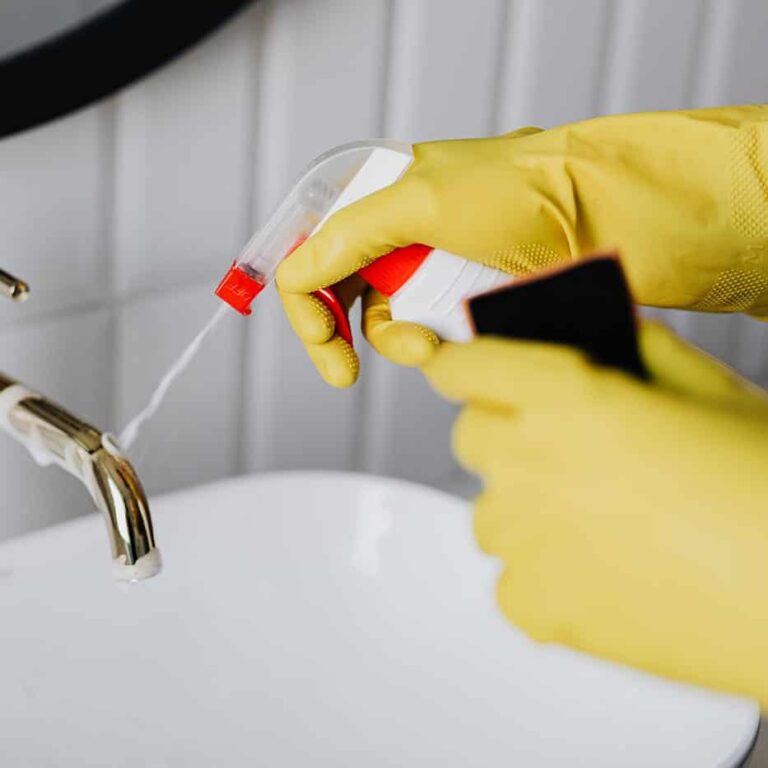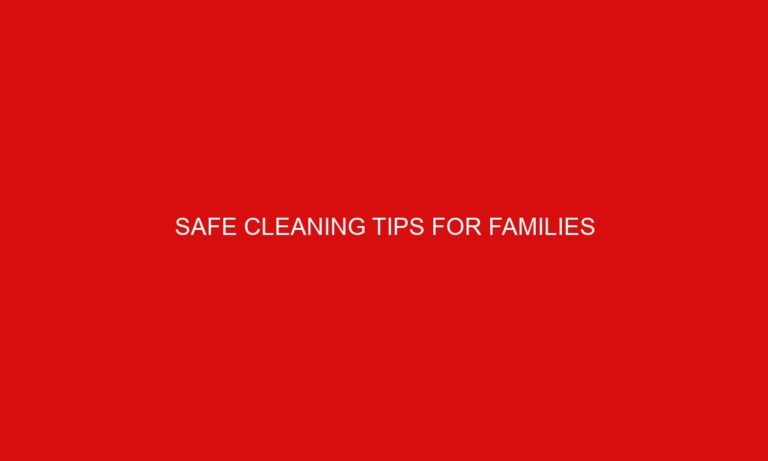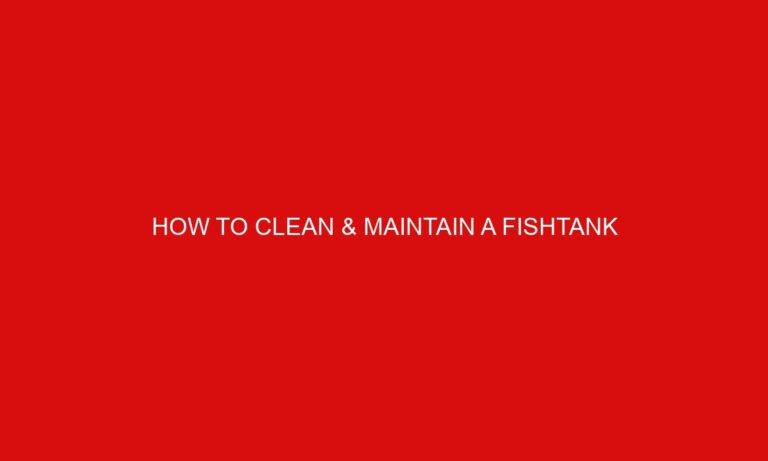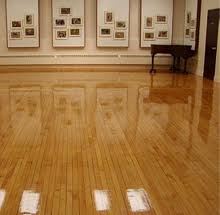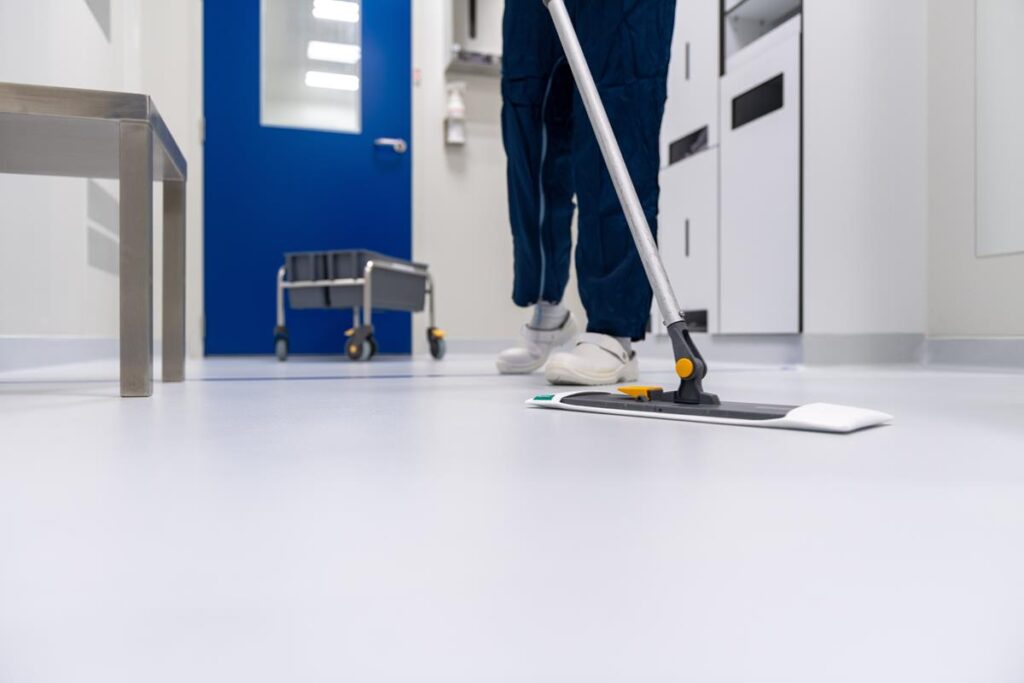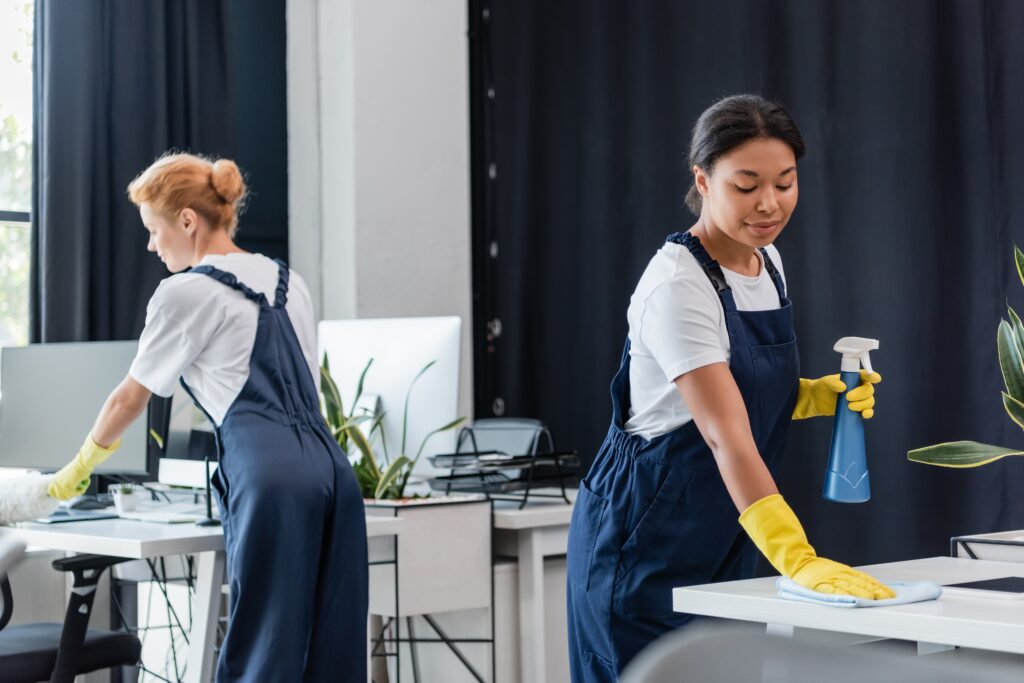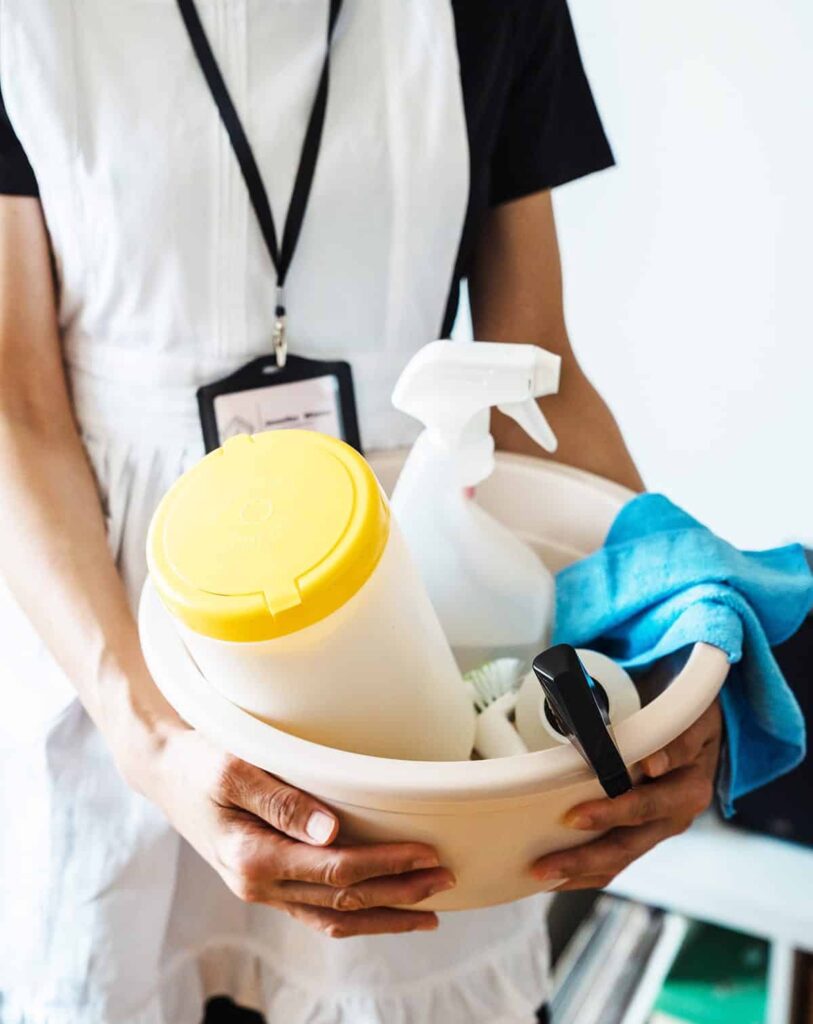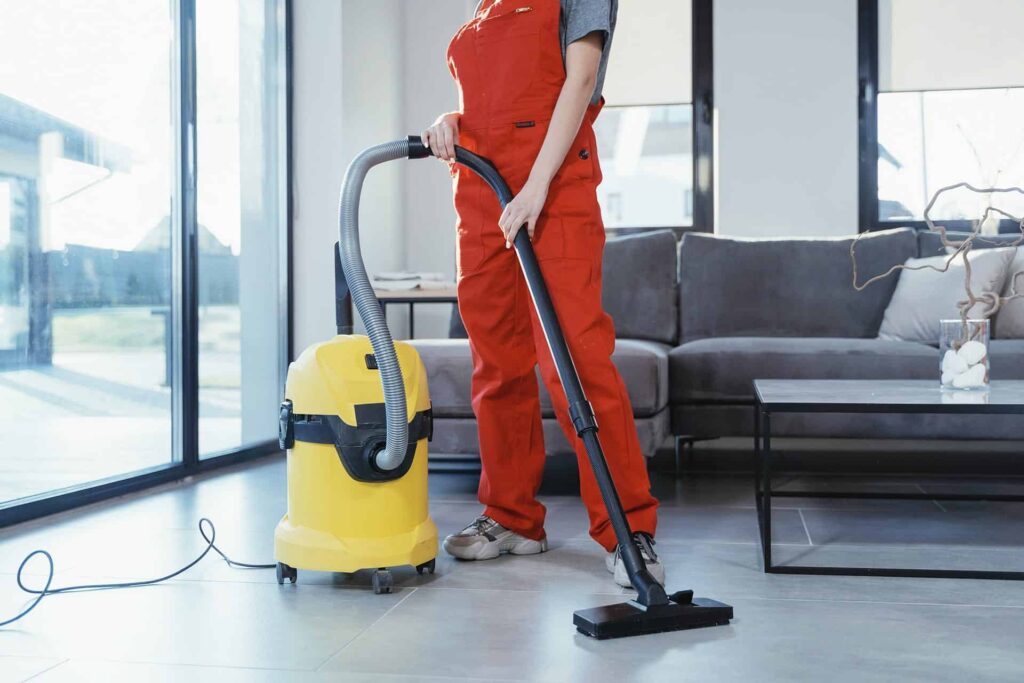When Cleaning, Do Not Neglect The Air

Carpet cleaning is one way to address the issue because carpeting harbors dust particles and dust mites that can become airborne. Carpets should be vacuumed regularly and cleaned with non-toxic or steam cleaning products. Smoking should never be permitted indoors. Some people take drastic steps to improve indoor air quality by replacing carpets with tile or hardwood flooring and washable throw rugs.
Chemical cleaning products like laundry detergents should not be stored in the living area. Products that emit toxic fumes, such as insecticides, should be stored in an enclosed shed or garage. Non-toxic cleaning solutions are available in stores and online. Consumers can also use baking soda and white vinegar for general purpose cleaning throughout the home. People typically do not consider building materials and furniture as toxic but they can be. Avoiding materials made from particleboard reduces glue vapors released into the interior air.
Plants can help clean the indoor air, while making an attractive addition to the home décor. NASA has found that certain plants can remove 85 percent of indoor toxins like formaldehyde and benzene within just days. Use at least 15 of these plants in medium sized pots per 1,500 to 2,000 feet of living space. They will decrease carbon dioxide levels, increase oxygen levels, and create less pollution.
There are also artificial ways to improve indoor air quality and these are classified as passive or active. A passive device brings air through itself, using electrostatic or UV light traps or activated charcoal filtration to capture airborne toxins. Active devices place energy like molecules into indoor air, allowing these to combine with airborne toxins , making them too heavy to stay suspended.
Some active devices contain ozone, which is naturally created by lightning but can be hazardous to lungs in high quantities. Most ozone-based air purifiers do not exceed the EPA ozone limit for human breathing. Whether a passive or active air purification unit is purchased, it should feature both toxin removal and airborne filtering systems.
Contact Us
Get a quote
Your satisfaction is our priority, and we’re here to assist. Reach out to Busy Bee effortlessly by contacting us. Whether you have questions, need a custom quote, or want to discuss your cleaning requirements, our friendly team is ready to respond promptly. Connecting with us is the first step towards a cleaner and more comfortable environment for your home or business.
Call us for a quote today!
Contact Us
Get a quote
Your satisfaction is our priority, and we’re here to assist. Reach out to Busy Bee effortlessly by contacting us. Whether you have questions, need a custom quote, or want to discuss your cleaning requirements, our friendly team is ready to respond promptly. Connecting with us is the first step towards a cleaner and more comfortable environment for your home or business.

